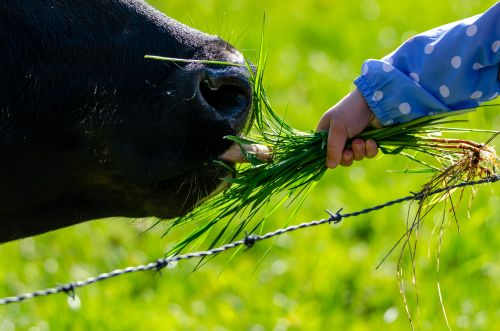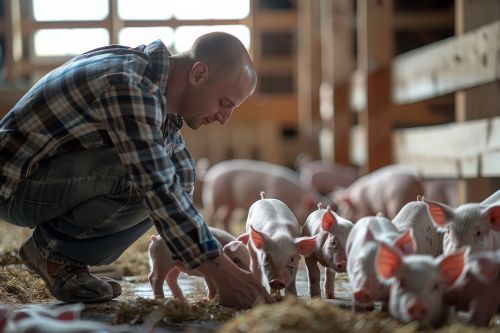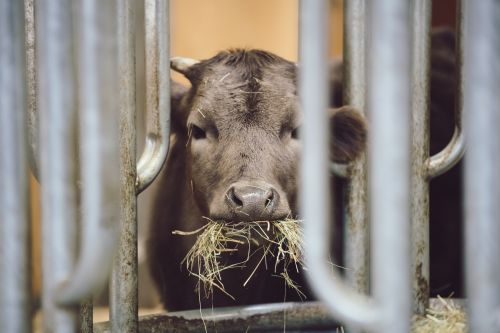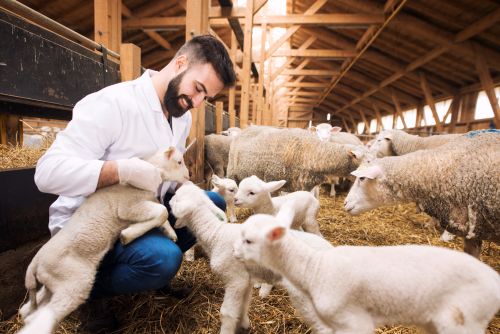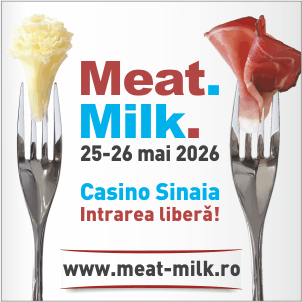457

Romania’s dairy industry faces a major structural challenge: the seasonality of production. This is reflected in significant fluctuations in the volume of raw milk available throughout the year, with peaks during the spring–summer months and sharp declines in the cold season. Such oscillations directly impact processors’ planning, continuous supply, and the economic efficiency of factories.
The main causes of seasonality include feeding practices, reproduction management on farms, climatic conditions, and the predominance of small-scale farms that do not use intensive technologies to stabilize production. In summer months, collection capacities are often exceeded, while in winter, processors operate below capacity, generating high costs per liter of processed milk.
To mitigate the impact, some processing units have invested in concentration and preservation equipment, such as microfiltration and partial evaporation, which allow delayed processing during periods of shortage. In addition, contractual strategies with farmers have been implemented to stabilize deliveries, including loyalty bonuses or seasonal incentives.
At the European level, instruments such as private storage, intervention funds, or cooperative partnerships help balance seasonality. In Romania, such solutions are still at an early stage. Vertical integration and farm modernization remain the most viable ways to mitigate the seasonal effect on the processing chain.
(Photo: Freepik)
